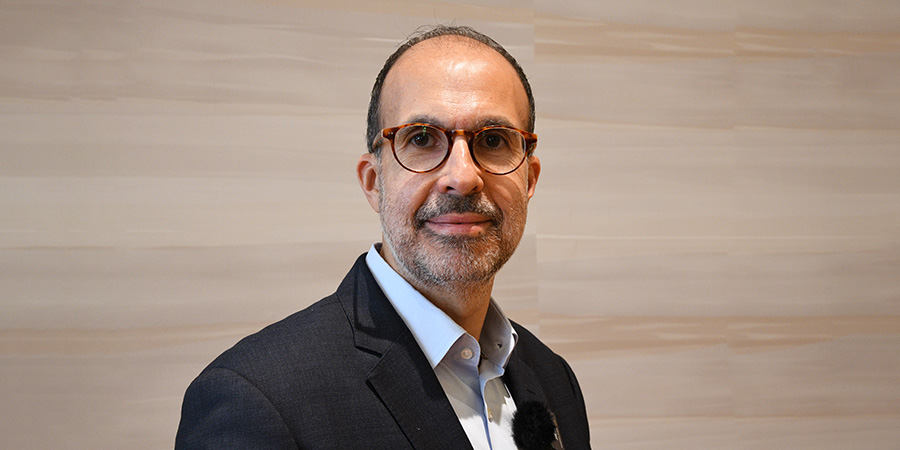In an exclusive interview with Telecom Review, Mounir Ladki, President and CTO, MYCOM OSI, analyzed the telco industry’s investment in 5G and fiber networks and the role of artificial intelligence (AI) in monetizing these networks through various use cases in the enterprise industry verticals.
Can you give more details about MYCOM OSI’s AInsights application? How will its unique AI-driven insights support CSPs’ growth and transformation plans?
Earlier this year, we launched our AInsights capability, which brings together advanced AI features and data science and delivers outcomes to our customers on top of our service assurance platform. This starts with a data fabric that brings together billions of data points that we collect from networks and services and turn them into clean, curated, normalized data sets.
In addition, we bring in advanced AI capabilities for use cases such as forecasting, anomaly detection, automated patching, correlation, and root-cause analysis to help our customers automate their operations and become predictive, with early detection gains anywhere between 9 to 15 hours before impacting customer operations. We also use AI capabilities to drive their automation journey and evolution towards autonomous networks.
In addition, GenAie, our generative AI offering that was launched recently, leverages a host of large language models (LLMs) to deliver new capabilities such as our ‘Talk to your network.’ This enables us to interact with network and service data in a completely natural language for service and network performance, similar to what ChatGPT can do in content generation.
With the rising need for autonomous networks, how is MYCOM OSI planning to achieve its long-term mission of building the BRAIN (Business Reinforcement using Artificial Intelligence for Networks) for public and private mobile networks?
With the advent of 5G SA and 5G-Advanced, we are now targeting use cases for the enterprise sector and delivering real-time, on-demand digital services and digital connectivity on, for example, dynamic slices to enable advanced sensing, IoT and various use cases for industry verticals.
Within this context, automation is key and evolution towards autonomous networks is fundamental. Our platforms act as a human brain because it brings together all the data, which we turn into smart data. These overlying AI capabilities enable predictive operations and advanced automation, delivering closed-loop assurance and operation of networks.
From your perspective, what are the primary drivers shaping telcos’ Service Operations Centers (SOCs)? How does MYCOM OSI assist in addressing critical service issues in light of these catalysts?
The importance of service operation centers is key because they are the key organizations within the CSPs that help monitor, assure and monetize the SLAs delivered to enterprise customers. Also, I would like to focus on the FTTx networks that are being rolled out as we are moving into a 10 and 50 Gbps society. These networks need to be automated and fiber cut issues should be considered.
Our assurance, automation and AI capabilities, allows them to detect these problems early, saving about 75% on truck roll efforts (which is phenomenal). These capabilities also reduce the time needed to detect and repair fiber issues by 90%, which allows CSPs to monetize their investment in fiber and deliver cutting-edge digital customer experiences across applications such as gaming. Furthermore, this enables many different enterprise use cases, from manufacturing to logistics and operations.
MYCOM OSI’s mantra is to “innovate, collaborate, and monetize.” How important are these three components within the industry in 2024 and beyond?
The industry is looking to monetize its massive investment in both 5G and fiber networks. This monetization will mostly come from the enterprise sector, which today represents less than 20% of overall CSP/telco revenue. This percentage needs to increase for better ROI.
To achieve this goal, CSPs need to deliver specialized solutions for their enterprise customers, and this innovation in both technology and business models can only take place through a co-creation and collaboration model (this is what we are executing with our customers).
The power of the cloud, our digital platforms, the data, and overlaying AI, combined with our CI/CD DevOps agility, collaboration and openness, fosters innovation to help customers reduce their costs, automate and grow their revenues.










